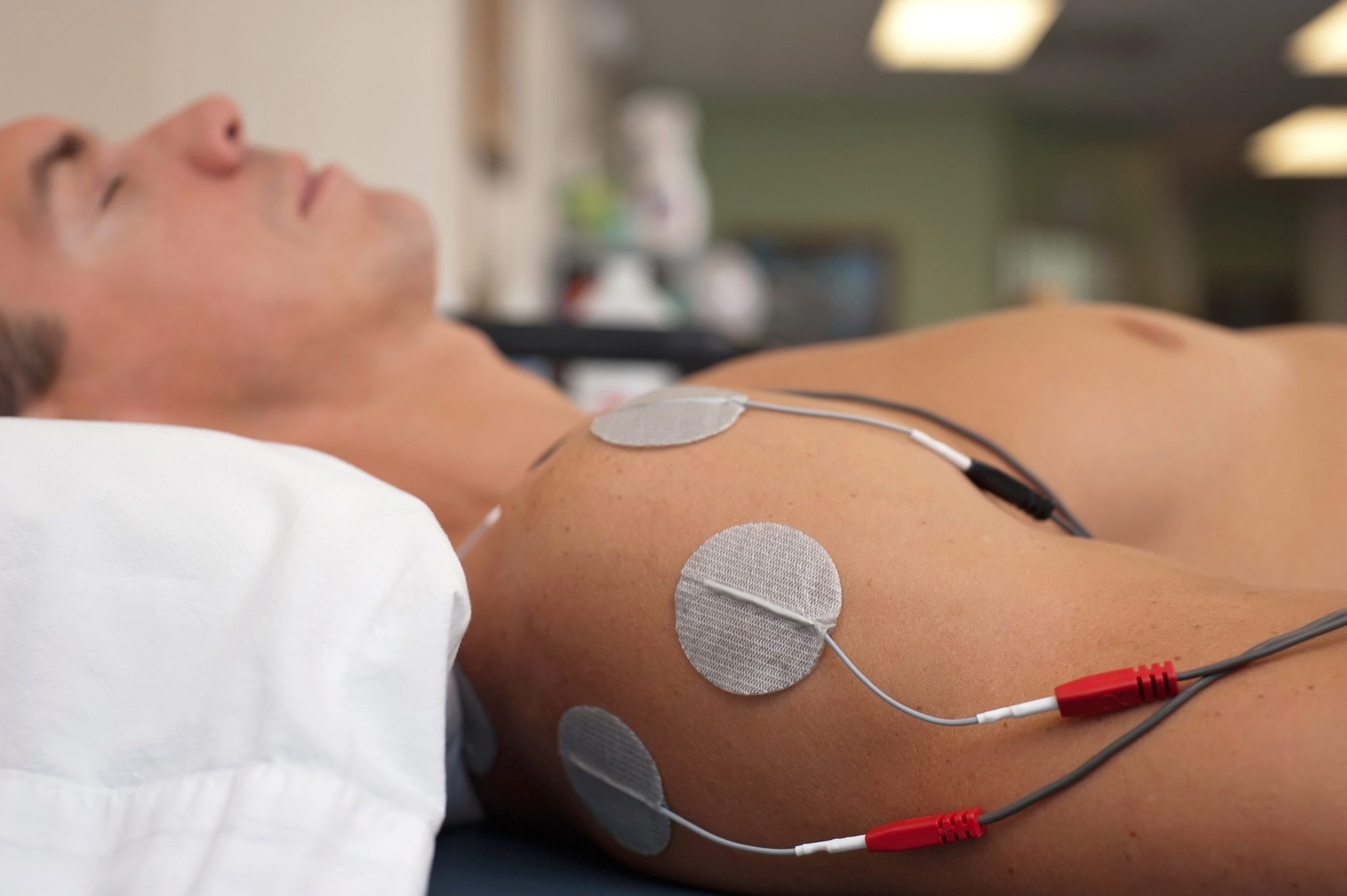
19 Mar Ultrasound Relieves Chronic Pain
Premiere Chiropractic & Sports Medicine, a chiropractor El Segundo has come to trust since 2008, says the term “ultrasound” is in use so often today that its background may get lost amid technological growth. It actually can be track back to 1794, when an Italian biologist used its principle to describe the navigation of bats.
Two-hundred fourteen years have yielded its usefulness as a diagnostic physical therapy tool — allowing medical practitioners to see inside the body, as in the case of a possible bone fracture or a compromised tendon or ligament. Therapeutic ultrasound’s application is a possible next step in treatment of this prospective illness or injury.
The ultrasound unit, which the practitioner massages across gel-moistened skin, contains a quartz crystal exposed to an electrical charge, causing it to vibrate. The vibration emits waves that enter injured tissues and increase blood flow and cavitation (the creation of gas bubbles) at the area.
This results in deep heating to the affected tendons, muscles, ligaments and joints, increasing circulation and improving extensibility around the area. It is also thought that the cavitation bubbles help speed cellular processes.
The practitioner may also use ultrasound for low back pain, neck pain, rotator cuff tears, meniscus tears or ankle sprains. Other orthopedic conditions for which ultrasound is useful include bursitis, tendinitis, frozen shoulders and joint contractures.
Patients may feel a slight warming or tingling at the area being treated. If the ultrasound head is left in place on the skin, the patient may experience pain.
Certain conditions contraindicate ultrasound altogether. The procedure should not be used with pregnant women or over open wounds, fractures, metastatic lesions, areas of decreased sensation, areas with metal implants or electrical stimulation devices or areas around the eyes, breasts or sexual organs.
In cases of chronic pain, there may be some benefit from ultrasound treatments. It is thought that the waves help lead to increased mobility and, ultimately, decreased pain. Ultrasound may not work for everyone, but it is worth a try amid unremitting pain.
Some people may argue that the benefit of ultrasound is due to the placebo effect, wherein relief cannot be attributed to the properties of the placebo itself and must therefore be due to the patient’s belief in that treatment — but if it provides relief, then it is the appropriate treatment. Any questions should be directed to a practitioner of physical therapy near you.


